Botanical Name: Aloe Barbadensis
Common Uses: Acid reflux,constipation,inflammation, skin conditions
Aloe vera is a succulent plant known for the distinct gel which fills its leaves and has multiple health-related applications.
Traditional Use:
For over 5000 years, Aloe vera has been valued for its medicinal properties and topical applications amongst various communities worldwide. As a result, it has been widely used in China, India, Japan, and South Africa.
Research Overview:
Aloe vera forms a mucilage, or a sap-like substance, that coats mucous membranes and provides protection for areas of the body, including the esophagus. Its medicinal properties result from the more than 75 constituents within the plant, some of which include vitamins, amino acids, minerals, and enzymes. One such component is the polyphenolic compound Barbaloin. Barbaloin acts as an antioxidant to inhibit cytotoxic free radicals. These properties have been well-documented in scientific journals.
The journal Alimentary Pharmacology & Therapeutics published a randomized, double-blind, placebo-controlled clinical trial that examined the efficacy of Aloe vera as a treatment for ulcerative colitis. Members of the study were randomly assigned to receive either Aloe vera gel or a placebo, and the treatment effects were monitored. The results showed that 47% of the Aloe vera treatment group participants experienced a clinical response, indicating that Aloe vera can significantly improve colitis symptoms and may be a valuable addition to treatment regimens for this condition.
A study published in the Alimentary Pharmacology & Therapeutics journal evaluated Aloe vera's anti-inflammatory effects on human colorectal mucosal cells. The goal was to observe any reduction in inflammatory bowel disease by monitoring inflammatory markers when given an Aloe vera gel solution. The outcomes revealed that Aloe vera reduced inflammatory molecules and markers by scavenging radicals and inhibiting reactive oxygen metabolites. In addition, the study's results also showed the antioxidant effects on inflamed colorectal mucosa. These significant findings support the use of Aloe vera for gastric and inflammatory conditions.
Interesting Fact: There are 420 species of Aloe.
Sources:
Foster, Meika, et al. “Evaluation of the Nutritional and Metabolic Effects of Aloe Vera.” Herbal Medicine: Biomolecular and Clinical Aspects, edited by Iris F. F. Benzie and Sissi Wachtel-Galor, 2nd ed., CRC Press/Taylor & Francis, 2011. PubMed, http://www.ncbi.nlm.nih.gov/books/NBK92765/.
Langmead, L., R. J. Makins, et al. “Anti-Inflammatory Effects of Aloe Vera Gel in Human Colorectal Mucosa in Vitro.” Alimentary Pharmacology & Therapeutics, vol. 19, no. 5, Mar. 2004, pp. 521–27. PubMed, https://doi.org/10.1111/j.1365-2036.2004.01874.x.
Langmead, L., R. M. Feakins, et al. “Randomized, Double-Blind, Placebo-Controlled Trial of Oral Aloe Vera Gel for Active Ulcerative Colitis.” Alimentary Pharmacology & Therapeutics, vol. 19, no. 7, 2004, pp. 739–47. Wiley Online Library, https://doi.org/10.1111/j.1365-2036.2004.01902.x.

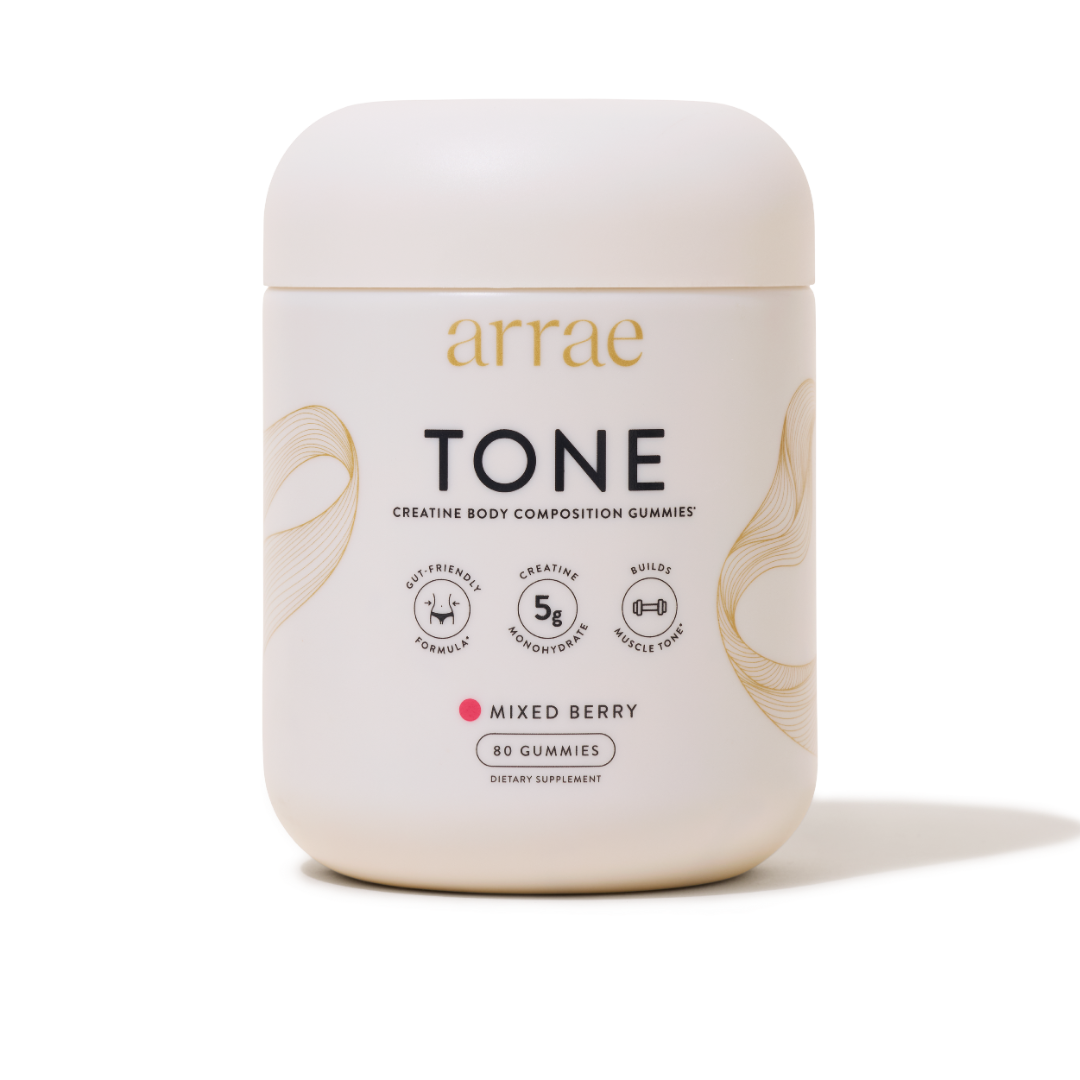
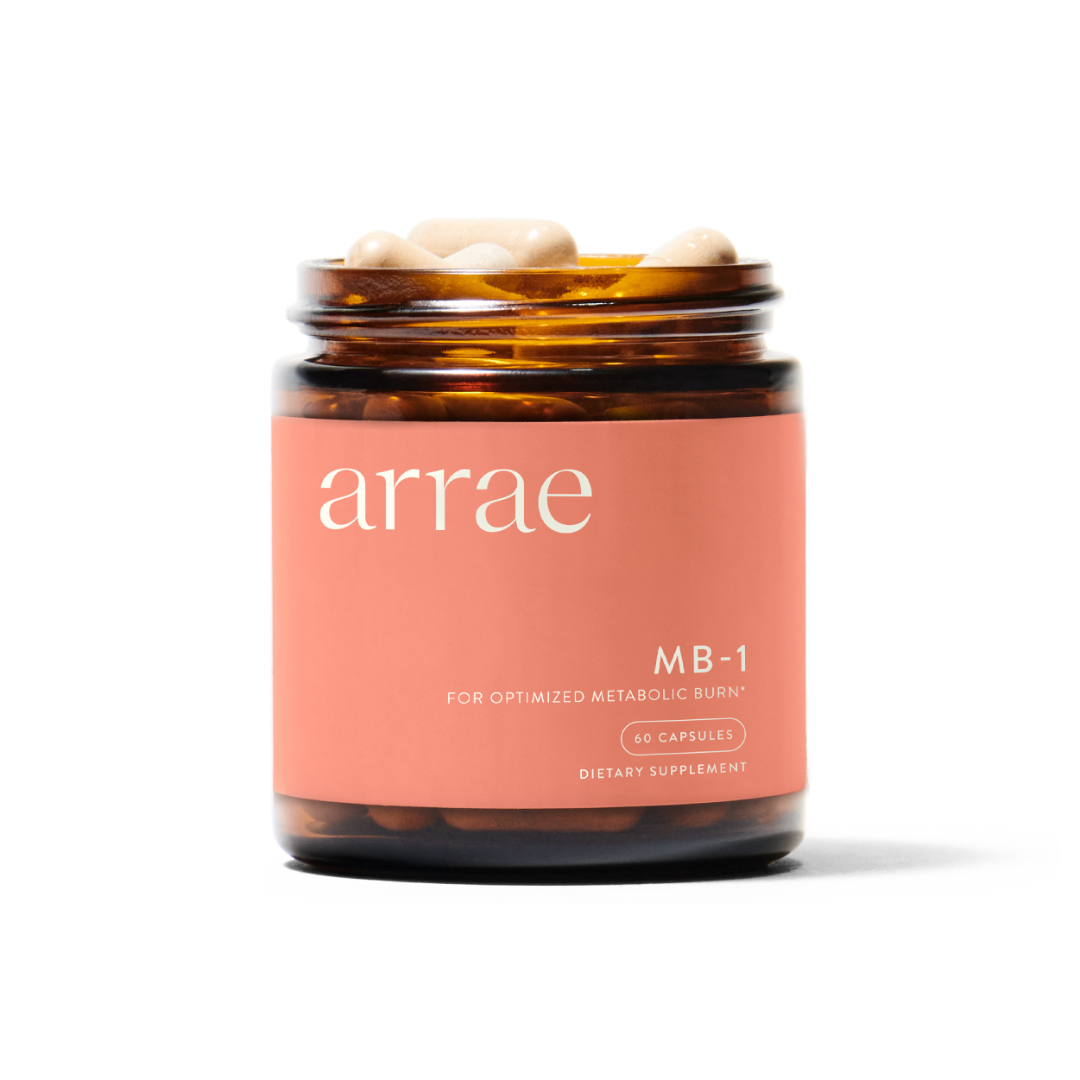
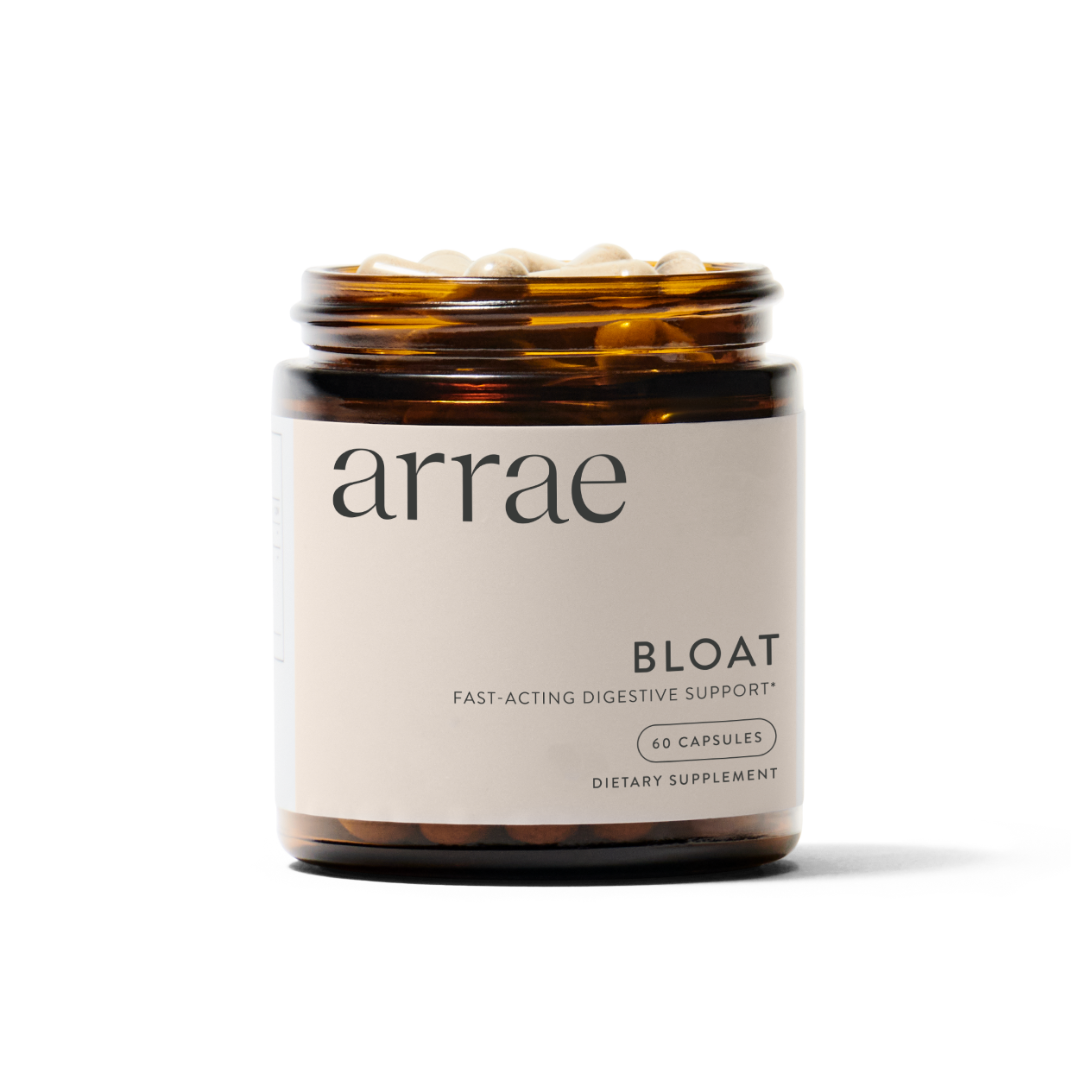
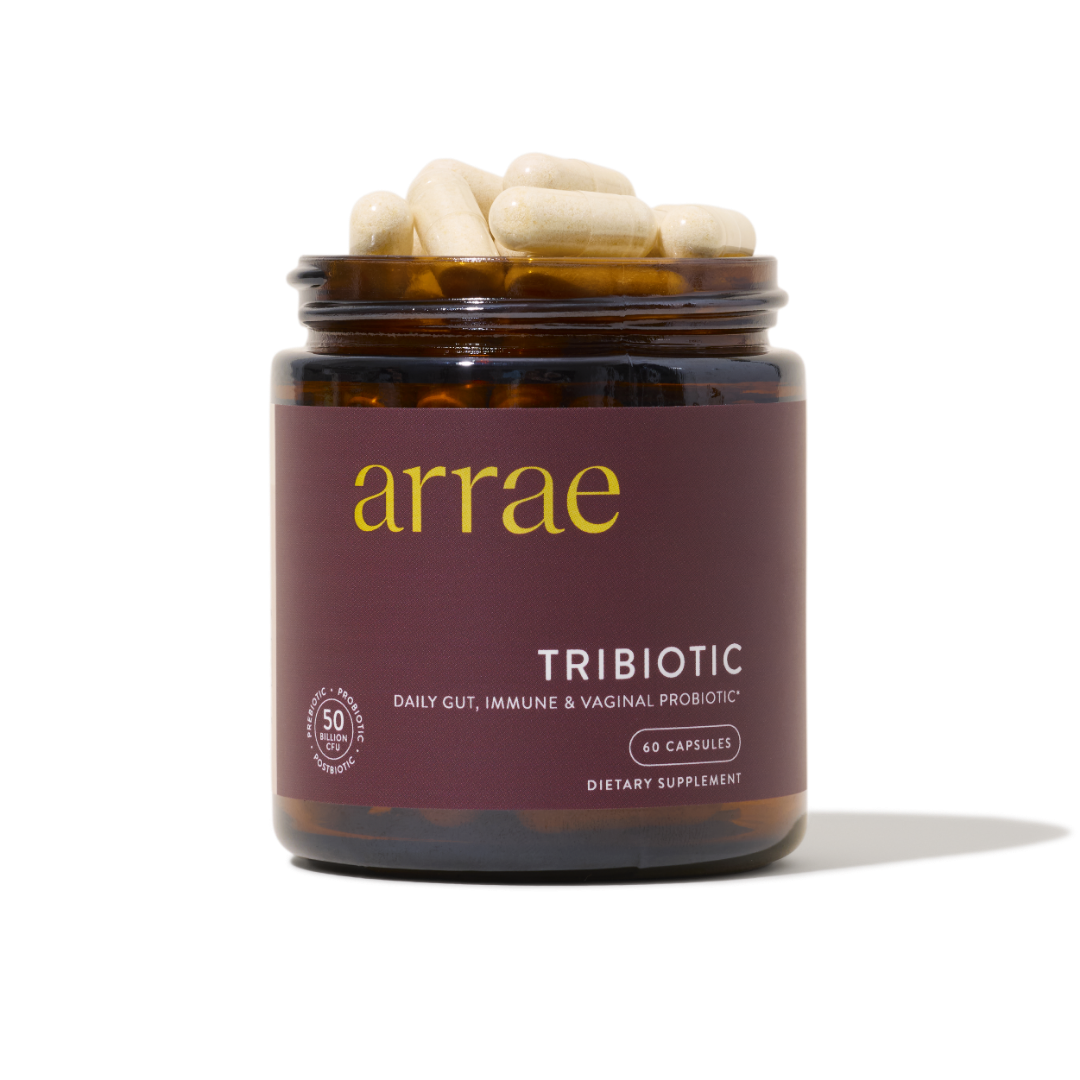


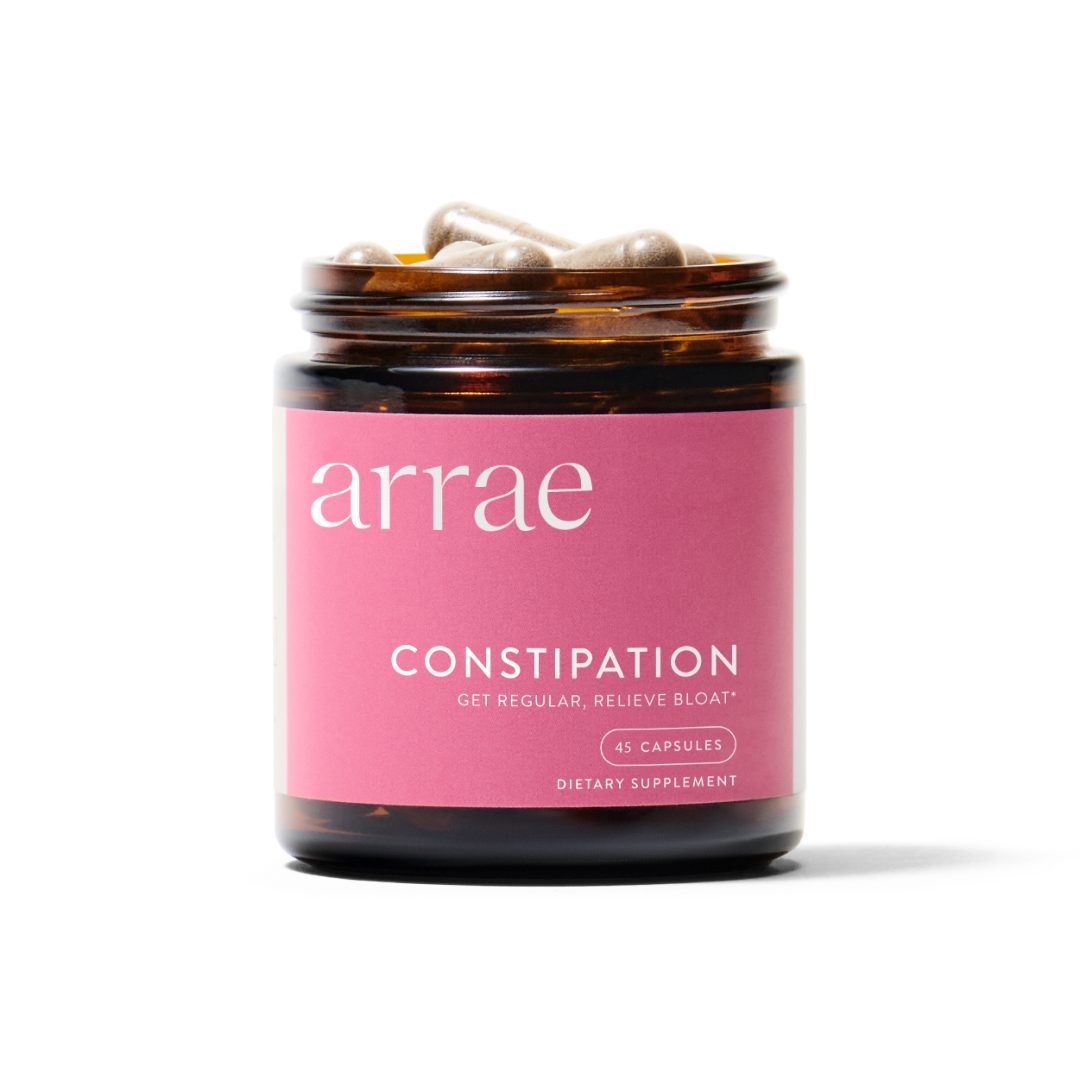
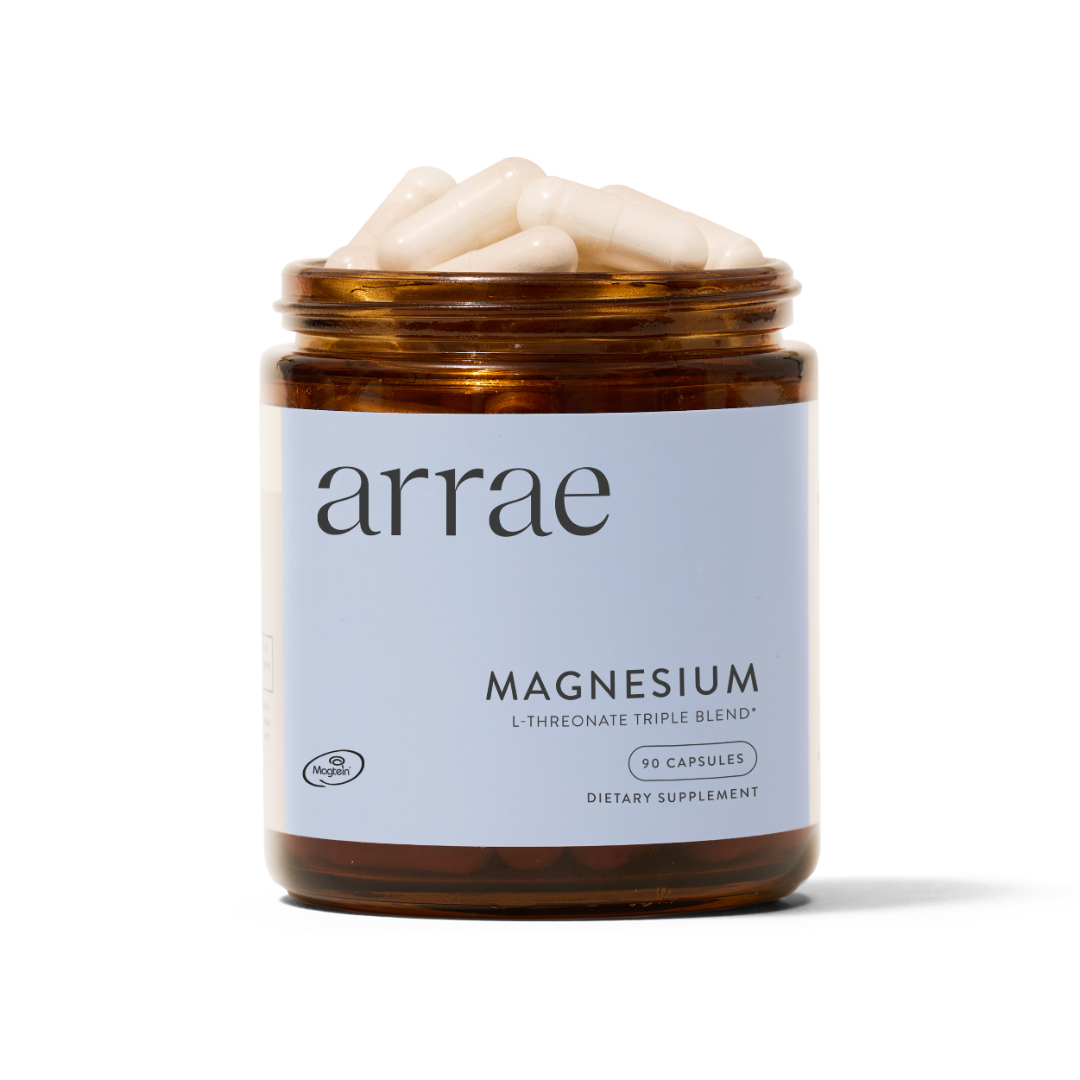
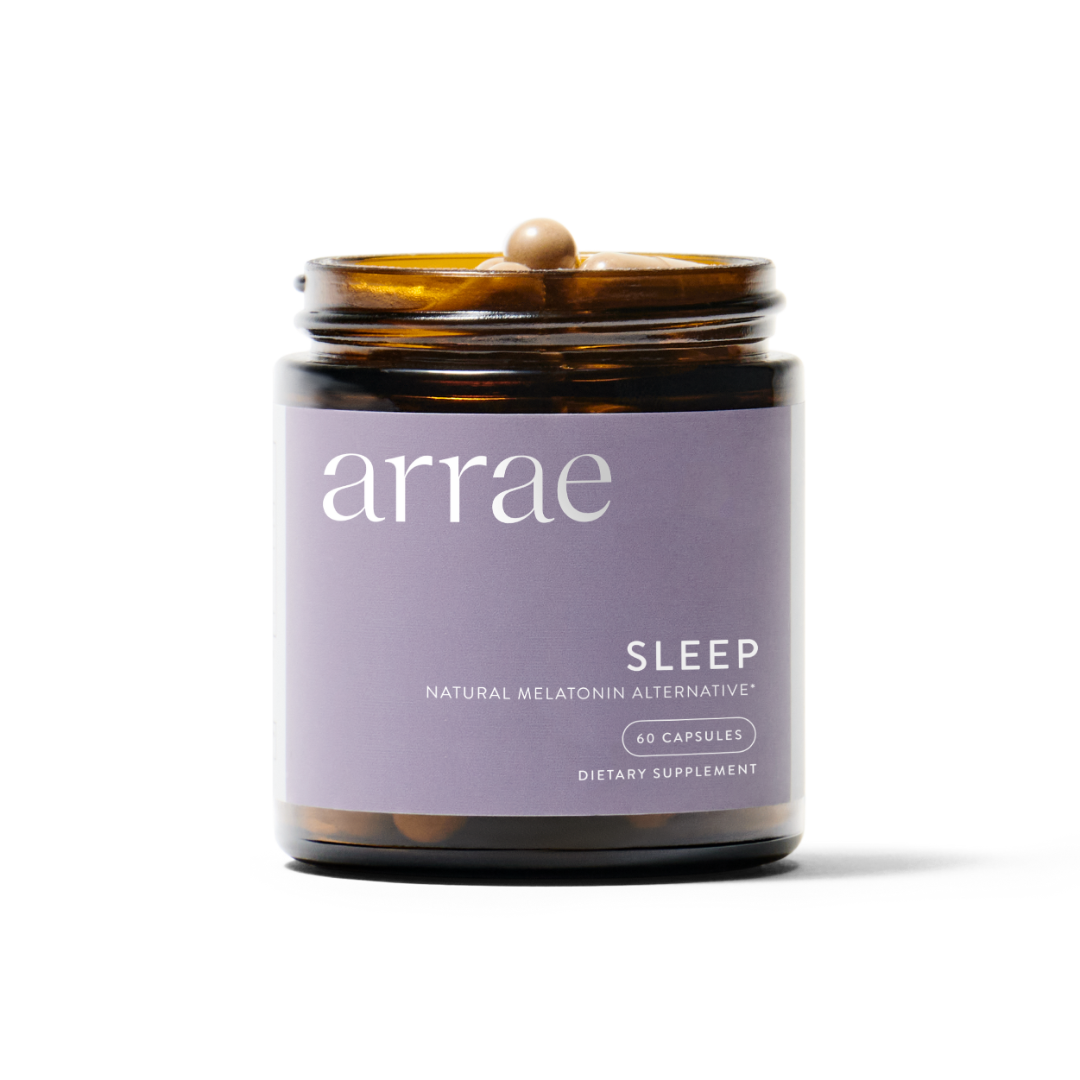
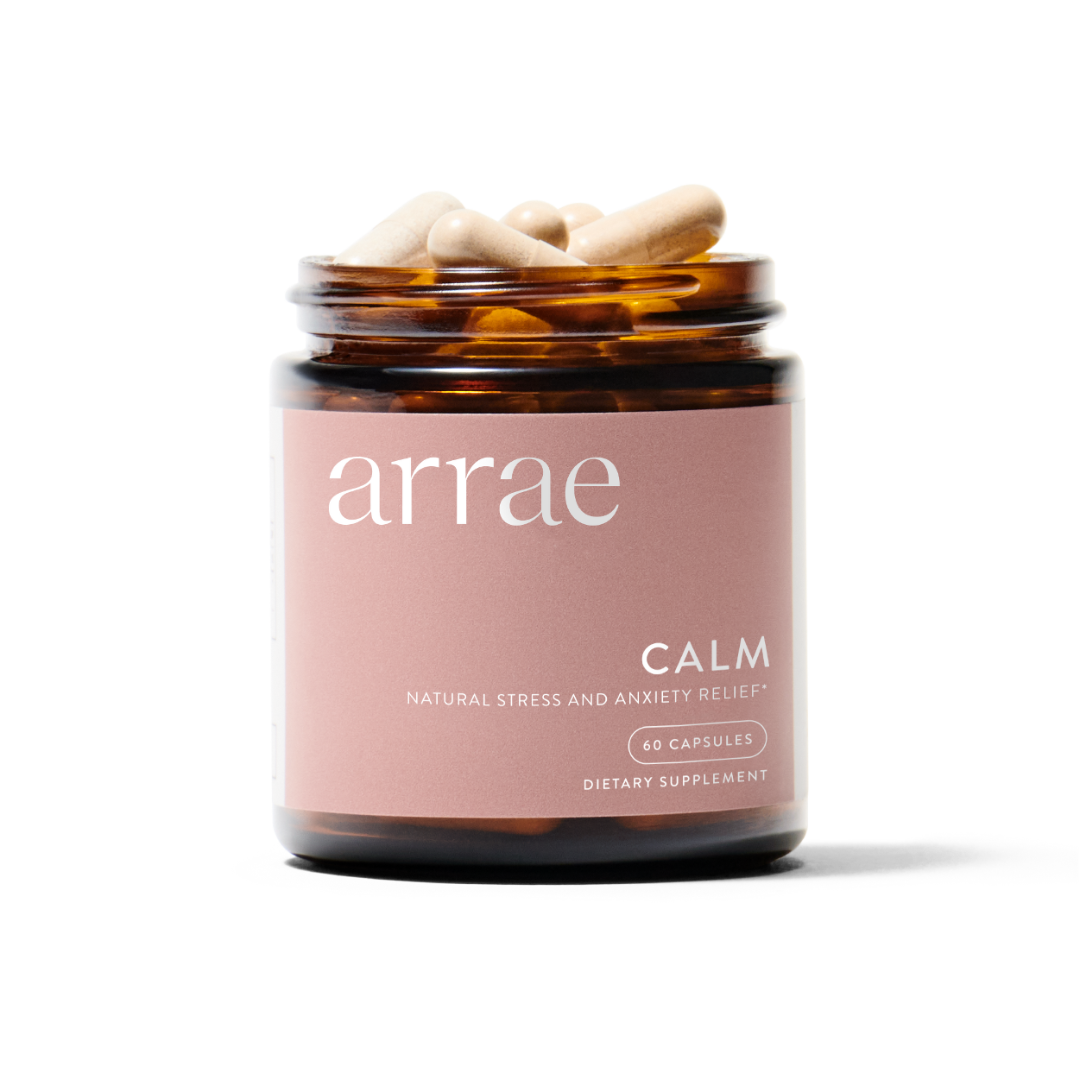


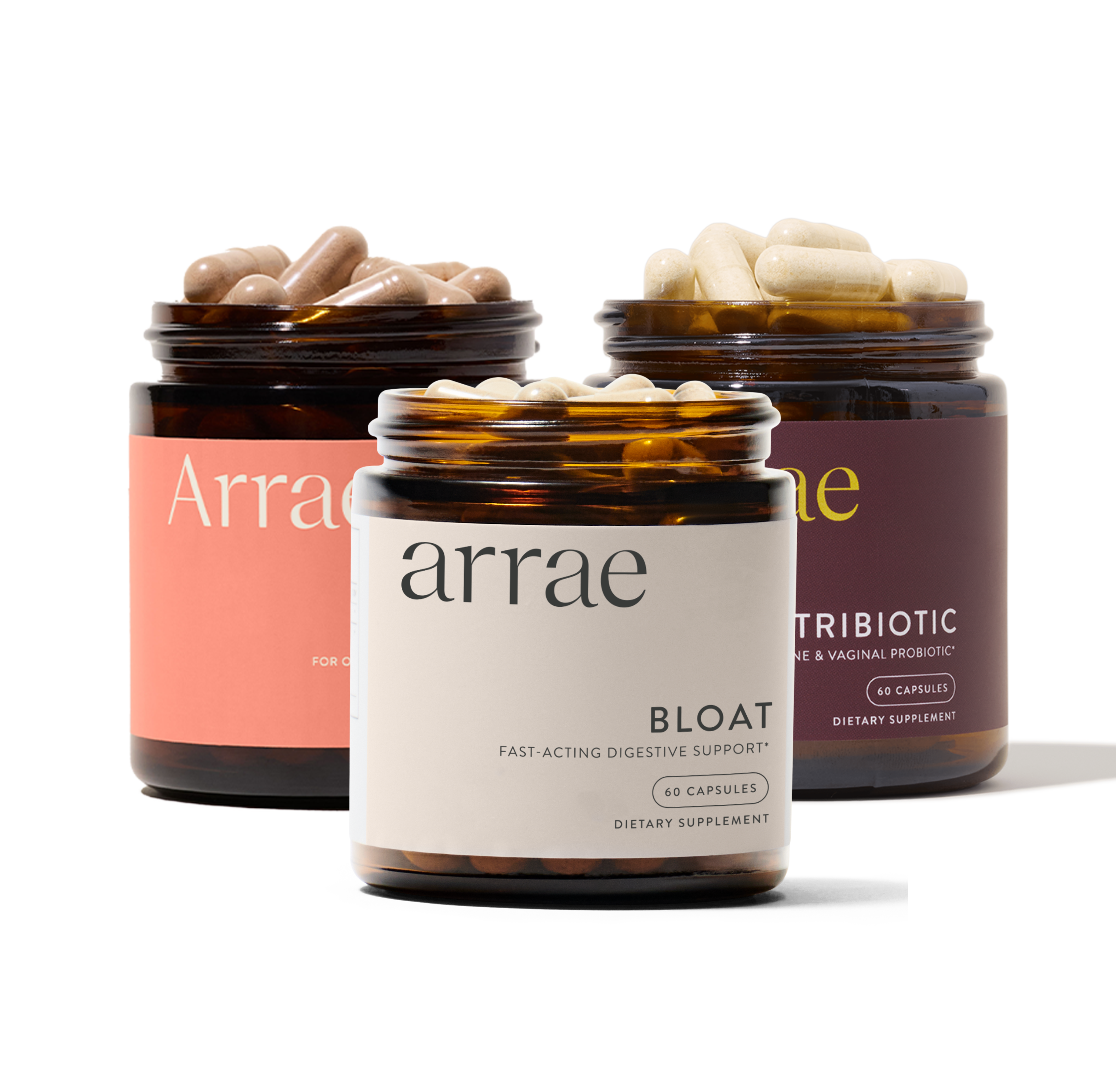
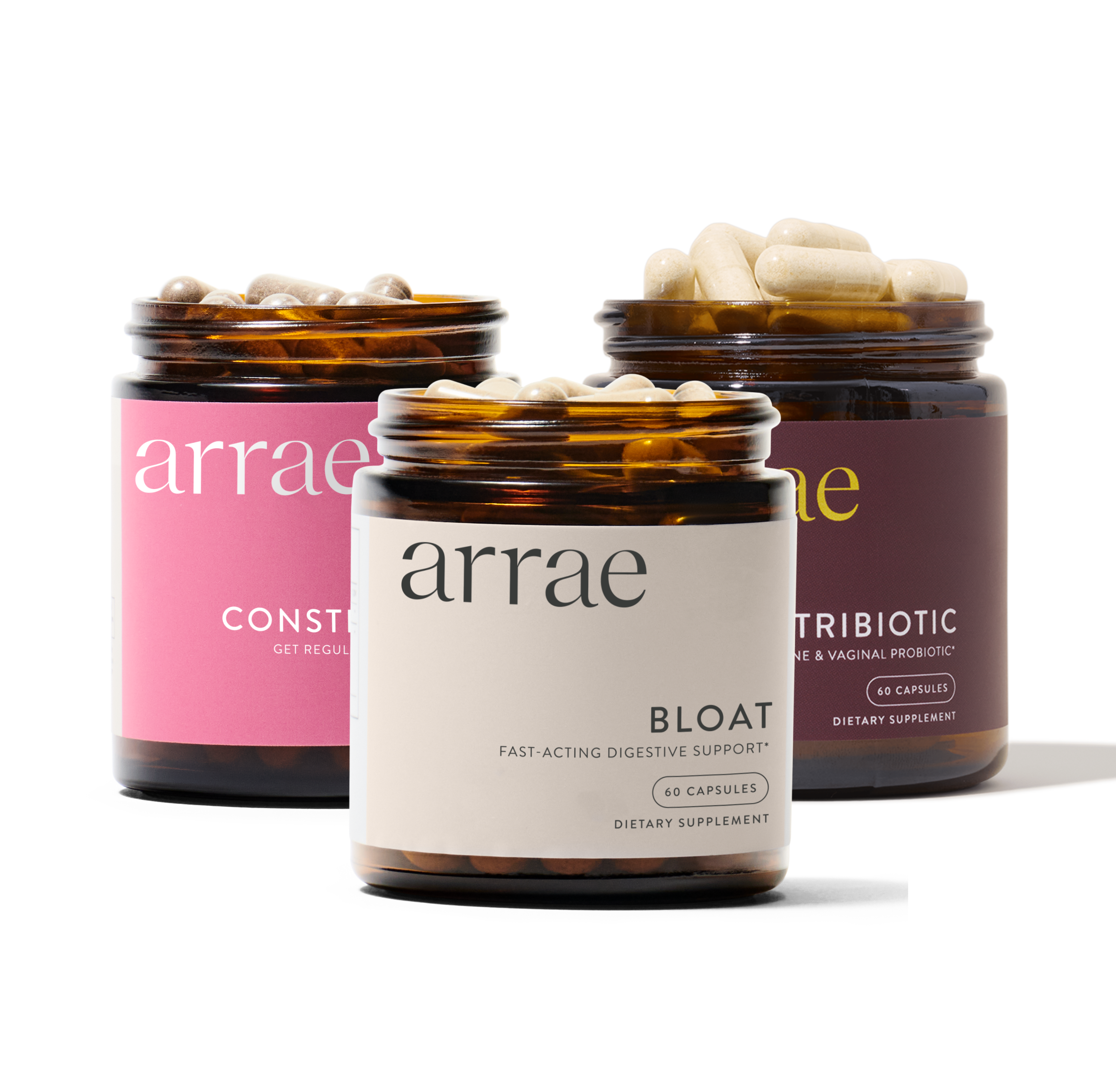







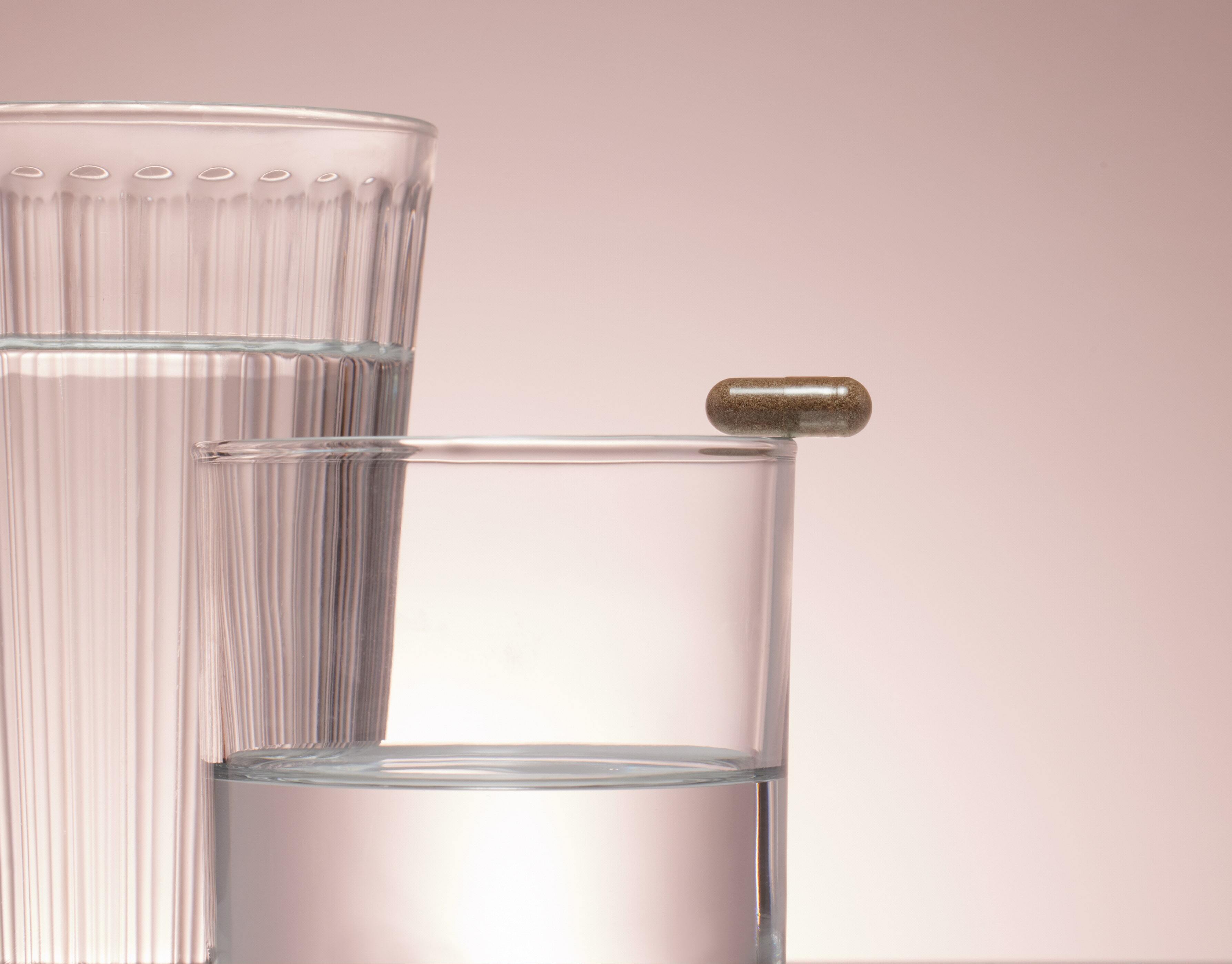

 Instagram
Instagram TikTok
TikTok Youtube
Youtube Facebook
Facebook Email
Email